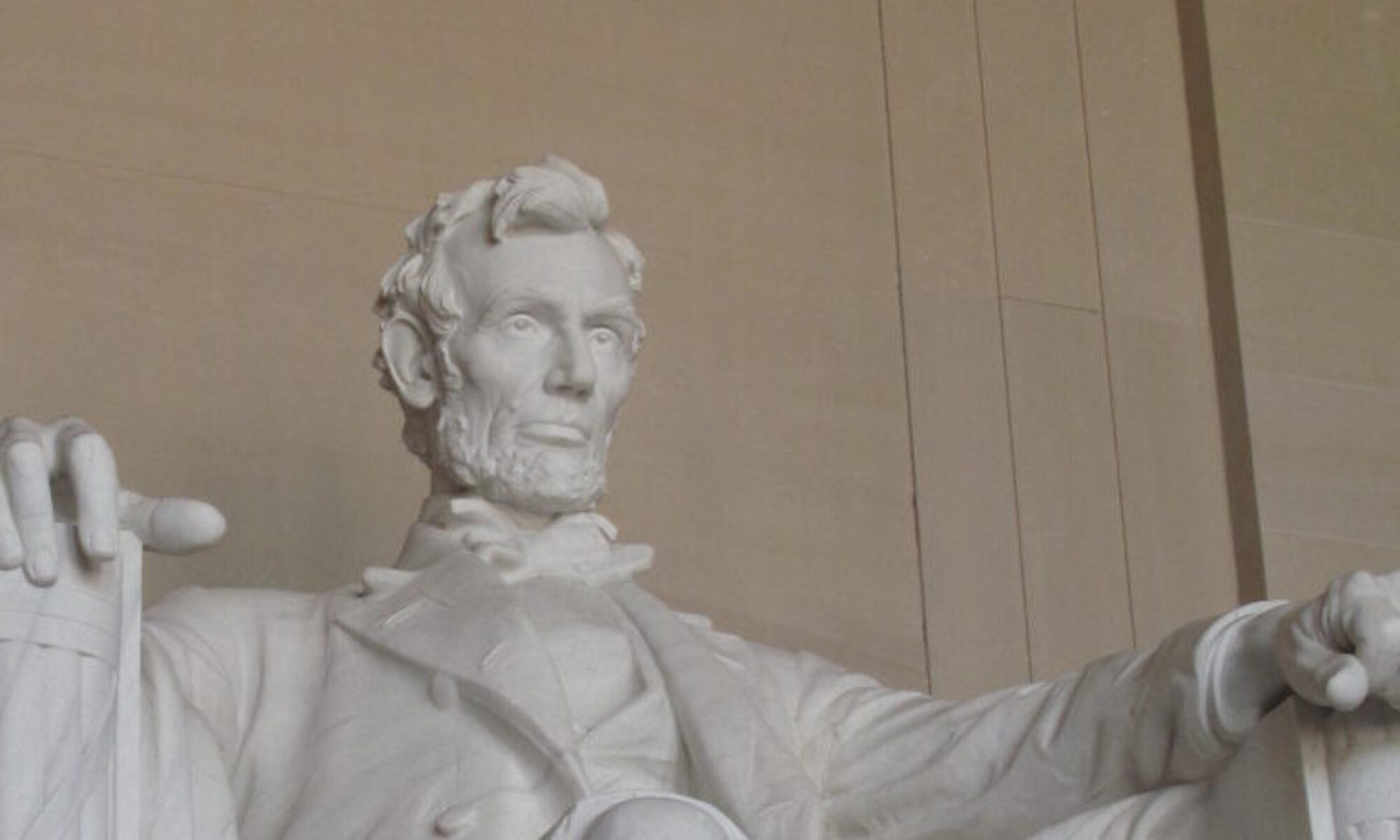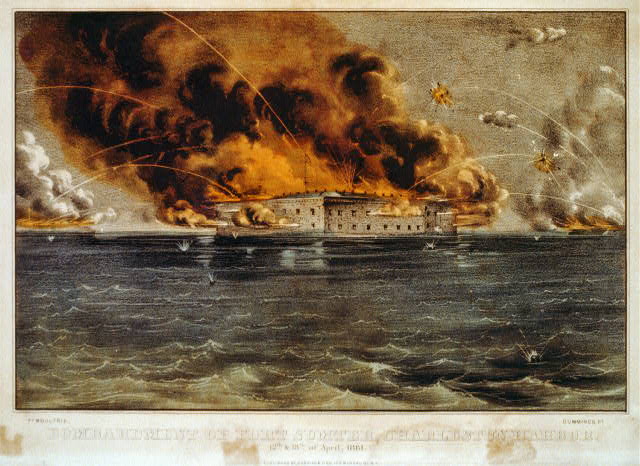April 12, 2011, is the one hundred fiftieth anniversary of the start of the Civil War initiated by an artillery barrage by South Carolina Militia Lieutenant Henry Farley at 4:30 am into the United States military base at Fort Sumter, South Carolina. The good lieutenant had an resolutely clear concept how this war would start, but like everyone else caught up in the maelstrom of state’s sovereignty, issues of slavery, union domain, southern versus northern cultures, and wounded honor, absolutely no idea how it would turn out. It would turn out, a perfect hell on earth. In four unimaginable years of pain and loss , inconceivable to the aggressors of that early morning, the Civil War would span the continent, take hundreds of thousands of lives, destroy entire swaths of country, and change forever the relationship of a people to each other, and their relation to the constitutional basis of this country. No one firing those early mortars had any idea that the world they knew was to be extinguished with the very first mortar flash.
Fort Sumter was perfectly positioned to be the martyr in this American Iliad. The fort lay in the harbor of Charleston, South Carolina, home to the most rabid of the secessionist strain infecting the southern culture, the first state to declare secession from the United States in December 1860, and spiritual home to the former Senator and Vice President of the United States, John C. Calhoun, who first argued a states rights theory of the nullification that suggested states could consider”null” federal laws they considered unconstitutional. The most odious “law” of all to the south considered for nullification was the federal pressure to restrict the borders of slavery “ratified” by the election to US President of a staunch opponent of the propagation of slavery to developing United States territories contemplating statehood, Abraham Lincoln. Slavery had proved so controversial to the founders of the country that they tip-toed through its very existence in the founding documents of the land, in hopes of not undermining a collective will for a unified people. The interwoven nature of slavery to the culture and economy of the south was bound so tightly, that its inherent contradiction of existence among a people willing to fight to the death for their own rights while subjugating others, established no momentary indecision or hesitation. The pressured momentum of eight decades of “kicking” the problem down the road had finally come to fruition with a citizen of the United States firing a mortar at another citizen of the United States in a bracing smack down of all who believed the forces of compromise would win out forever.
The commander of Fort Sumter, U.S. Army Major Robert Anderson, had long ago acknowledged his strategically weak position in the center of the Charleston Harbor surrounded by hostile batteries but was equally aware of his critical position in the tragic play that was to commence. He initially looked to hold out long enough for re-inforcements to reach him, but recognized soon that a massive southern force had no intention of releasing the trap and after 34 continuous hours of fire, with injuries and little residual ammunition and food for his men , Major Anderson ordered the fort abandoned to the rebel troops. The new President had studied the realities of the Fort Sumter position for some time. He had made many momentous conclusions. Fort Sumter was a United States institution on United States soil and would not be “given up” to those who felt the fort was manned by a “foreign” oppressor. The war to determine the existence of the union was inevitable and had to be initiated by those who would seek its destruction. The nation would best rise up in indignation and commitment to the difficult task if the aggressor was clear. The President was right on all counts. The loss of the fort led President Lincoln to call for the mobilization of 75,000 troops to put down the insurrection, and the northern states in this initial phase enthusiastically responded with a bounty of volunteers. The nation had taken the President earlier words to heart :
A house divided against itself cannot stand. I believe this government cannot endure, permanently, half slave and half free. I do not expect the Union to be dissolved — I do not expect the house to fall — but I do expect it will cease to be divided. It will become all one thing or all the other. Either the opponents of slavery will arrest the further spread of it, and place it where the public mind shall rest in the belief that it is in the course of ultimate extinction; or its advocates will push it forward, till it shall become alike lawful in all the States, old as well as new — North as well as South.
The battle for Fort Sumter, brief as it was, was the harbinger of an expansive and cruelly extended conflict that would test Lincoln’s words on the ultimate field of debate, the battlefield. Brother against brother, father against son, state against state, and will against will. In the perfect maelstrom, the circular forces of fate led to the conclusion of the argument almost to the day four years later. Fort Sumter will on the 12th of April , the 150th anniversary of the lighting of the powder keg, be remembered in ceremonies attended by thousands of people, and memorialized for its historic triggering of the ultimate national argument. It will be celebrated , however, by no one, for its horrid role in the birth of a national cataclysm.


Great history! Thanks